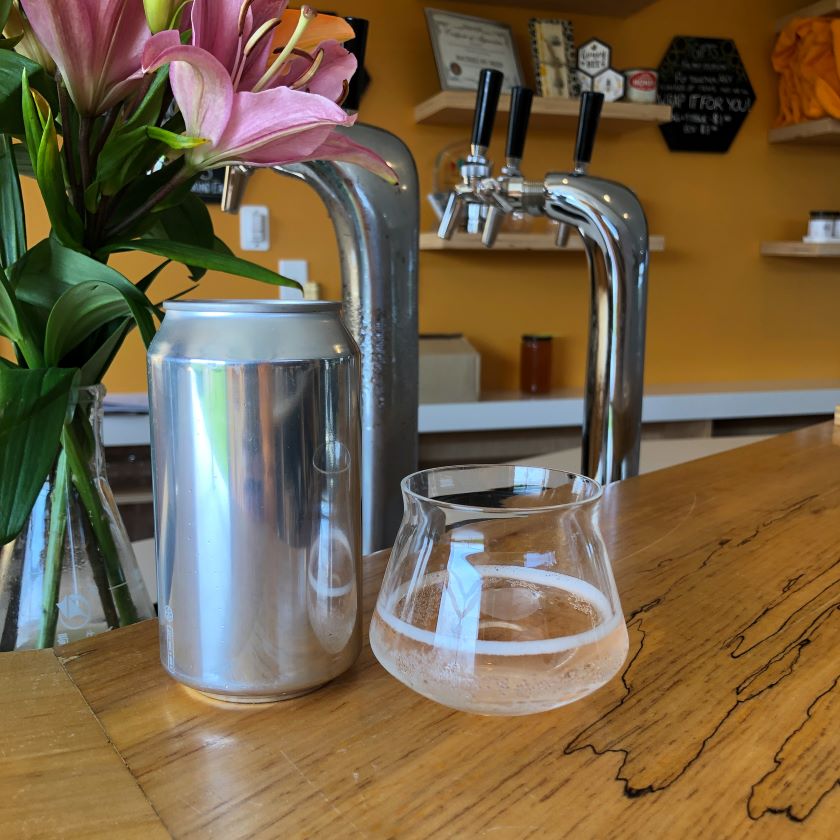Your Cart is Empty
Mead—honey wine with roots across Europe, Africa, and Asia—is as diverse as the cultures that brew it. In this installment ofThe Golden Elixir – All About Honey Wine, we tour global mead traditions, explore regional mead flavours and ingredients, and offertravel inspiration for mead enthusiasts.
Europe boasts a rich mead history. From Norse Viking feasts to Slavic, Celtic, and Greek myths, mead was the "nectar of the gods" across the continent. Traditional Polish meads -- such as trójniak, dwójniak, półtorak - reflect precision with honey‑to‑water ratios influencing sweetness and strength.
Top considerations:
Traditional recipes: pure honey, water, yeast.
Styles: melomel (fruit‑mead), metheglin (spiced‑mead), pyment (honey‑grape blends).
Historical wines: sima in Finland; hot spiced mead (miód pitny na ciepło) in Poland.
Mythological significance: Norse Mead of Poetry, Greek divine associations.
Modern revival: craft small‑batch meaderies emerging across the UK, Ireland, and continental Europe
In Africa, mead—notably tej in Ethiopia and muratina in Kenya—has ceremonial significance. Tej is traditionally made from honey fermented with gesho leaves and bark, lending its distinctive bitterness and aroma. Muratina is brewed for Kikuyu, Embu, and Kamba rituals in Kenya.
Top considerations:
Asia offers ancient mead roots, especially in China and the Indian subcontinent. Archaeological finds show fermented honey and rice vessels in northern China dating to 7000 BCE. The Rigveda of ancient India mentions soma—likely fermented honey—as early as 1700 BCE. Eastern European, Central Asian, Chinese cultures all knew honey‑ferment drinks. In Nepal, meads such as dandaghare blend Himalayan herbs with honey.
Top considerations:
Europe emphasizes fruit‑driven melomels (berries, apples), herbs like meadowsweet, elderflower, or traditional spiced metheglins (ginger, cinnamon, cloves).
Africa’s regional mead ingredients—like gesho or Kigelia bark—imbue bitterness and unique floral, medicinal notes.
Asia contributes rice, galangal, Himalayan botanicals or ancient wild‑yeast ferments.
These cultural ingredients defineregional mead flavours—from dry, tart, herbaceous, floral, sweet, to peppery or smoky.
Looking fortravel inspiration for mead enthusiasts? Here’s your itinerary:
Poland & Czech Republic: taste authentic Polish trójniak or Czech medovina in centuries‑old cellars.
Ireland: visit Kinsale Mead Co, Ireland’s first new meadery in 200 years, located in the historic Hill of Tara region.
Ethiopia: sample tej at local tej bets, accompanied by injera and cultural storytelling.
Kenya: attend ceremonies serving muratina, experience regional customs.
Nepal (Pokhara): try dandaghare mead brewed with Himalayan herbs and spices.
Scandinavia: explore Viking‑themed festivals or mead halls celebrating ancient traditions.
Modern meaderies: international mead festivals and craft tasting rooms in the U.S., U.K., Australia & Canada.
Mead traditions in Europe center on pure honey‐water recipes and long‑standing regional styles.
Mead traditions in Africa use local botanicals like gesho or Kigelia to define flavour.
Mead traditions in Asia include honey fermented with rice, herbs, and early wild yeasts.
Regional mead flavours vary widely—from fruity melomels to spiced metheglins.
Regional mead ingredients reflect local flora: berries, herbs, bark, flowers, spices.
Historical and mythological significance underpins many regional meads.
Cultural ingredients shape mead tone—herbal, bitter, sweet, smoky or floral.
UNESCO‑style travel experiences can include mead tastings in traditional and modern meaderies.
Visiting Africa, Europe, or Asia can reveal deeply embedded mead customs and meaderies.
Enthusiasts can partake in festivals, cellar tours, tasting sessions, and learn production methods.
Mead continues to evolve globally—but the essence remains the same: fermented honey, local terroir, and cultural meaning. Whether you're savoring a kesha‑spiced teg in Addis Ababa, a berry melomel in Warsaw, or a honey‑rye trójniak in Krakow, each sip tells a story. Fortravel inspiration for mead enthusiasts, these journeys offer both taste and tradition.
Comments will be approved before showing up.
